About Pencil Pines (Cupressus sempervirens 'Glauca')
Cupressus sempervirens 'Glauca', also known as the Italian Cypress or Pencil Pine, is an evergreen conifer native to the Mediterranean. Renowned for its slender, columnar form and rich green foliage, this tree is highly valued in gardens and parks for both its elegance and versatility. Its ability to be pruned into various shapes makes it ideal for landscape design.
Common Name: Pencil Pine
Mature Height: Up to 30 metres
Mature Width: Approx 1m wide
Foliage: Deep green foliage
Evergreen/ Deciduous: Evergreen
Flowers: None
Form: Columnar growth habit
Genus: Cupressus
Species: Sempervirens glauca
Drought Tolerance: Low-medium tolerance
Uses: Hedging specimen, feature tree, topiary shape in gardens and parks
Tree Habit: Evergreen conifer with a columnar growth habit
Growth Rate: Slow growing tree
Explore Our Premium Collection of Pencil Pines
Where Do Pencil Pines Come From?

Key Features of Pencil Pines
Pencil Pines (Cupressus sempervirens 'Glauca') are renowned for their distinctive, elegant form and their ability to enhance a range of landscapes. Learning about their features can help you choose the right tree for your garden or project. Whether you want a formal avenue, a striking specimen, or a low-maintenance border, understanding what sets Pencil Pines apart is essential.
Key features include:
Foliage:
Starts medium green and matures to a blue-grey hue, providing year-round colour and interest.
Leaves:
Small, scale-like, and arranged in whorls.
Bark:
Distinctive red-brown, adding unique character when planted among other evergreens.
Planting Your Pencil Pine: Step-by-Step Guide
Pencil Pines thrive when planted with care and attention to detail. For the healthiest, most attractive trees, follow these comprehensive planting tips:
- Location: Select a spot with full sun for best growth. Pencil Pines can tolerate partial shade.
- Soil: Ensure the soil is well-drained. Improve heavy clay soils with organic matter or grit to prevent waterlogging.
- Space: Check the mature height (up to 30 metres) and width (approx. 1 metre) to provide enough room for growth and airflow.
- Planting Hole: Prepare the hole to be twice as wide and just as deep as the root ball. This allows roots to spread easily.
- Roots: Gently tease out any circling roots from the root ball to encourage outward growth.
- Fertilizer: Mix well-rotted compost or slow-release fertilizer into the removed soil before backfilling the hole.
- Planting Level: Position the Pencil Pine so the top of the root ball is level with the surrounding soil.
- Backfilling: Backfill with improved soil, gently firming it around the roots to eliminate air pockets.
- Watering: Water deeply after planting to help settle the soil and establish strong root contact.
- Mulch: Apply a layer of mulch (such as pine bark or wood chips) around the base, keeping it clear of the trunk. Mulch helps retain moisture and suppress weeds.
- Staking: Stake young trees if planting in a windy location. Use soft, flexible ties to prevent trunk damage and secure the tree upright. Remove stakes after one year to encourage natural trunk strength.
Caring for Your Pencil Pine: Maintenance Tips
- Prune once per year to maintain shape and encourage dense foliage
- Water regularly during dry spells (at least once per week)
- Mulch around the base to conserve soil moisture
-
Fertilize in spring or summer to promote vigorous growth


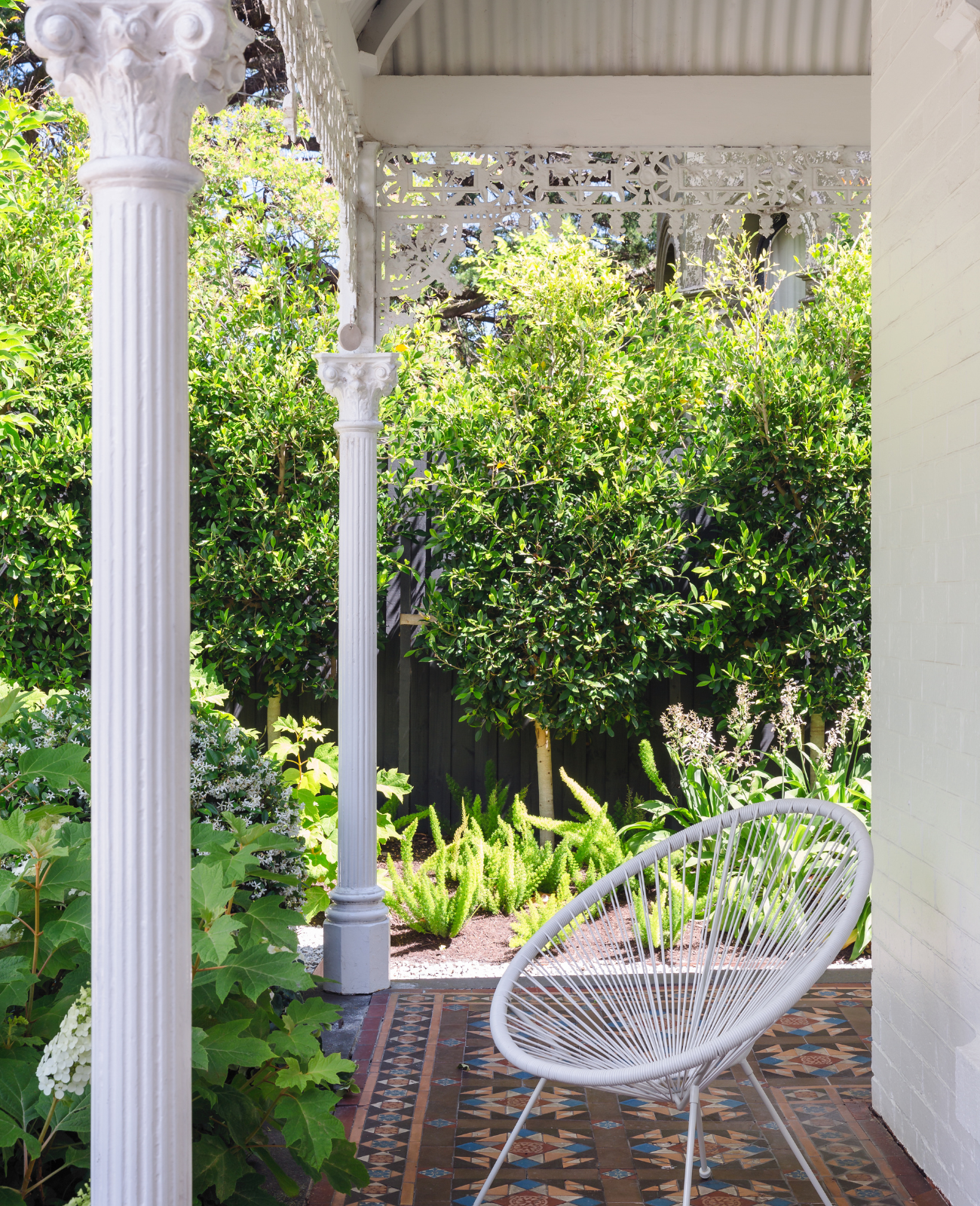


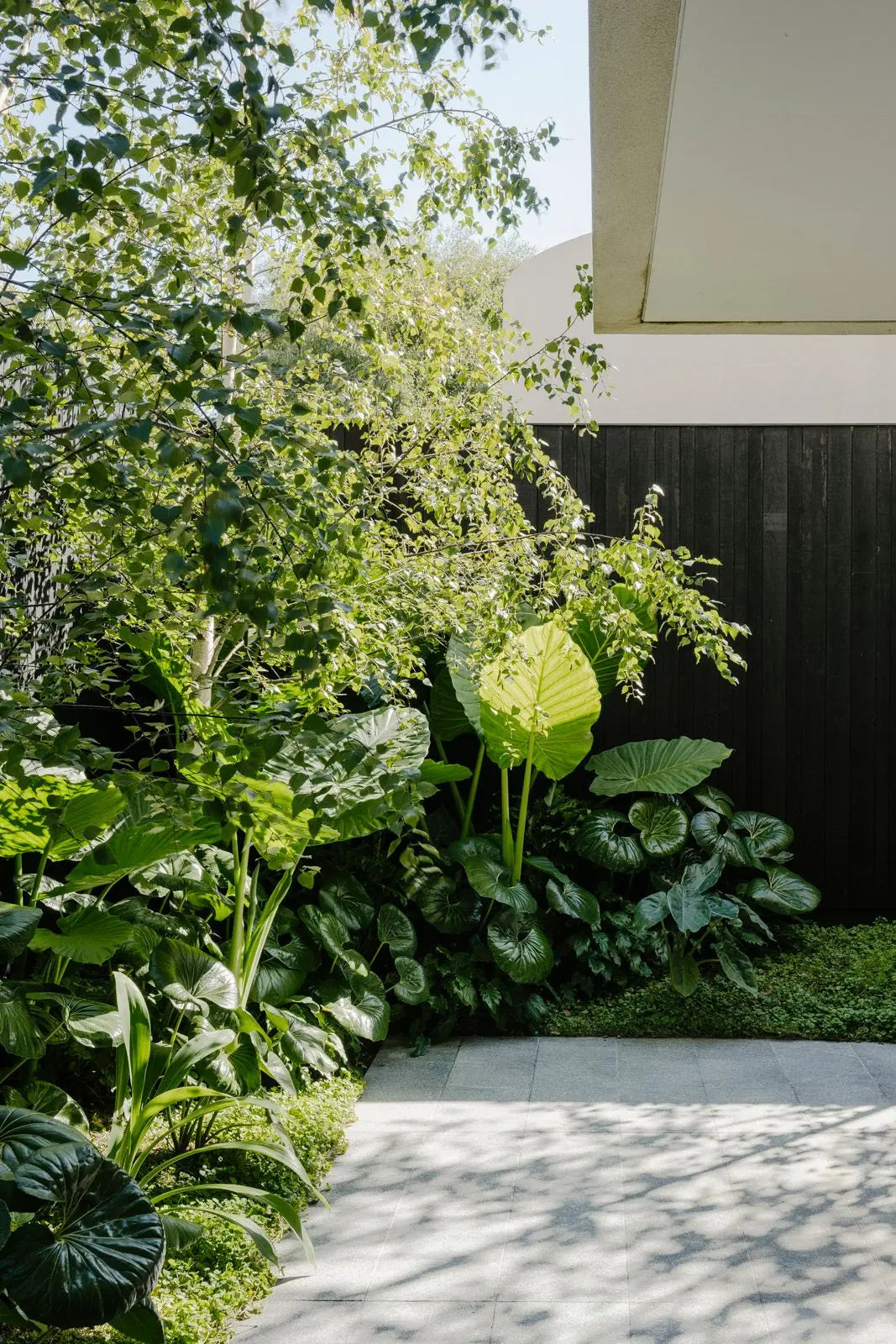

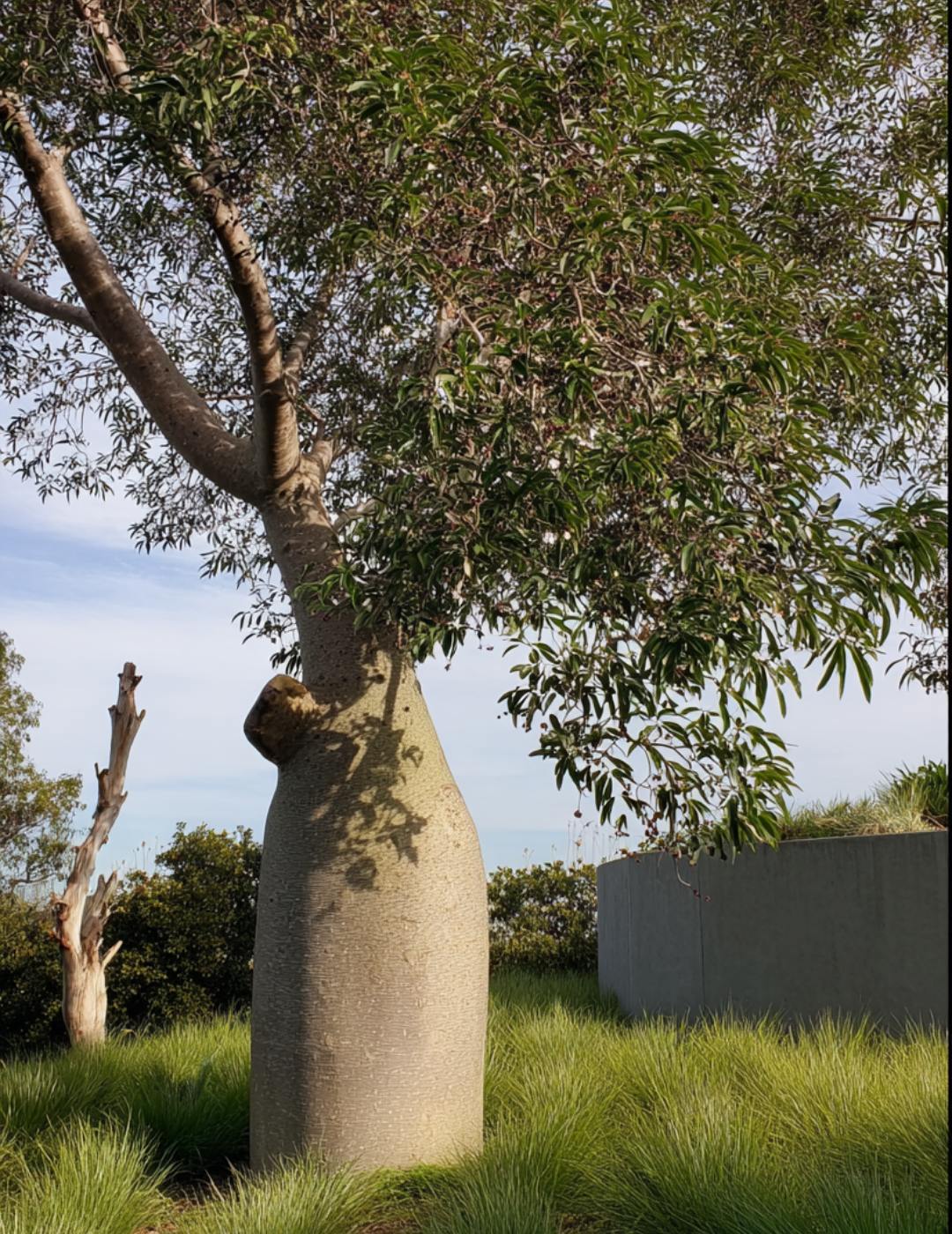
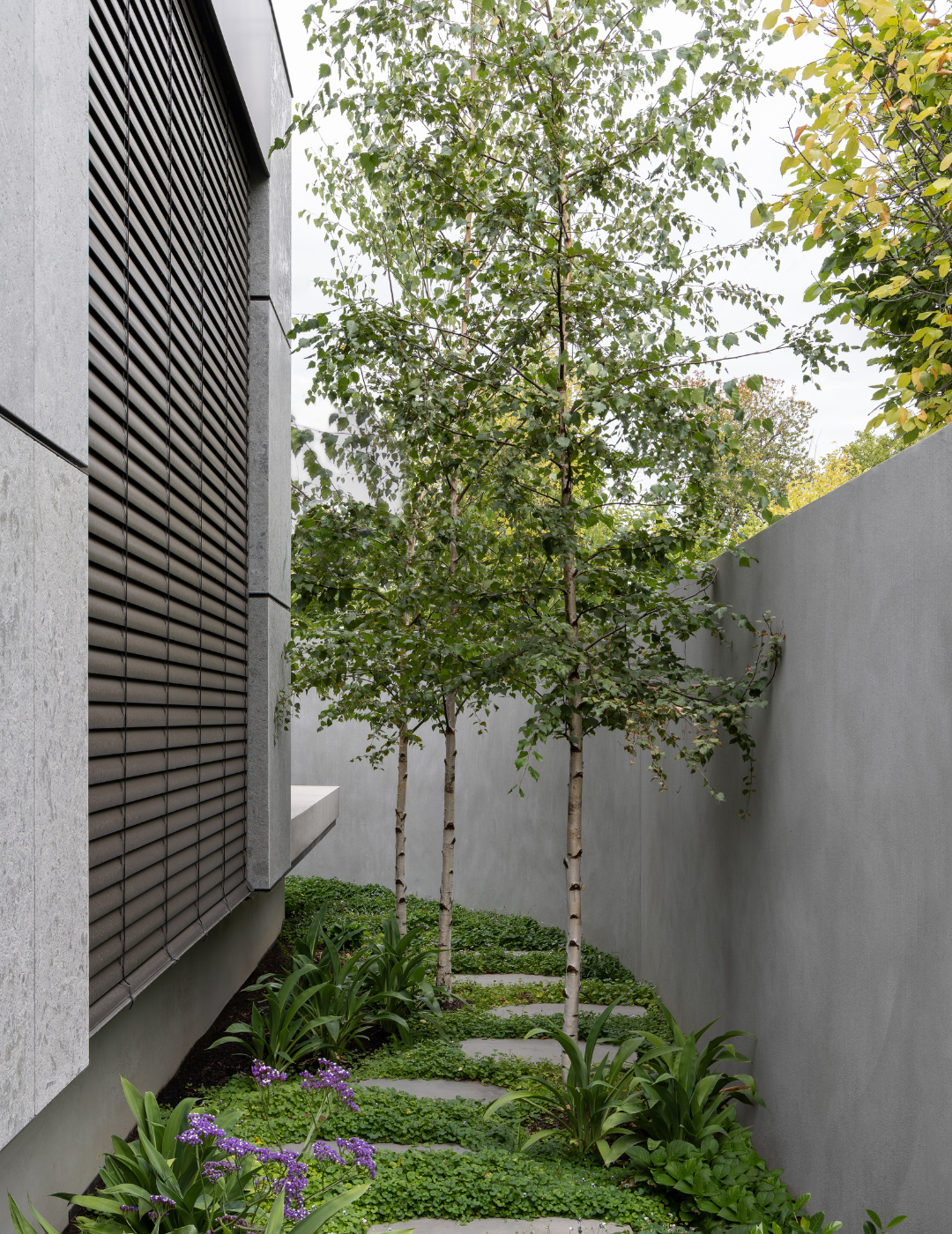





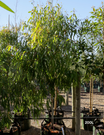
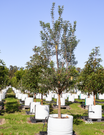
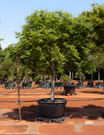
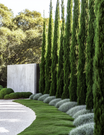

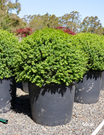
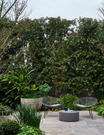
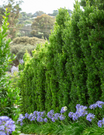
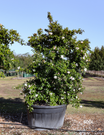

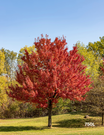

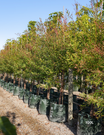

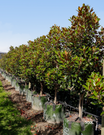


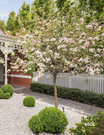
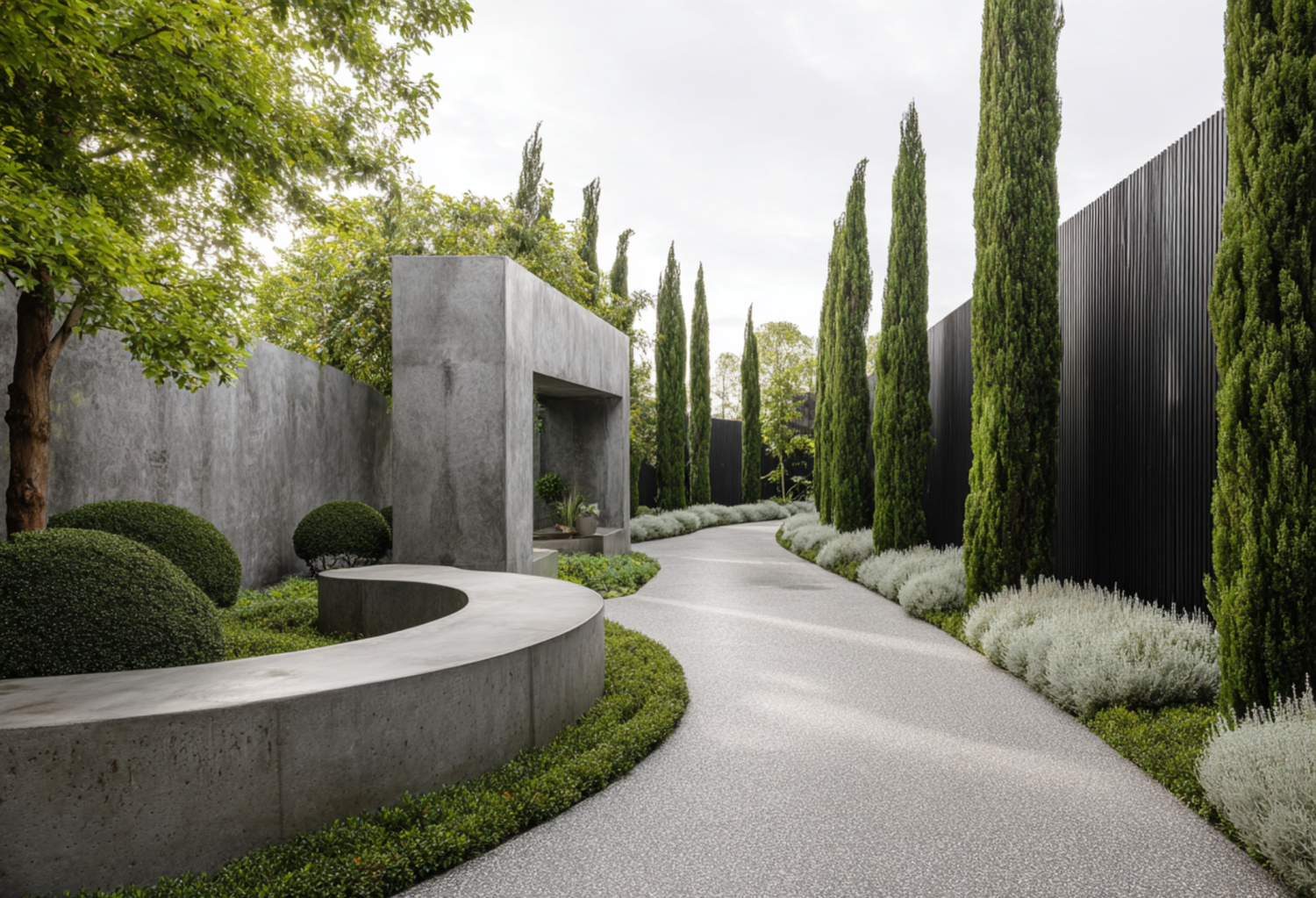





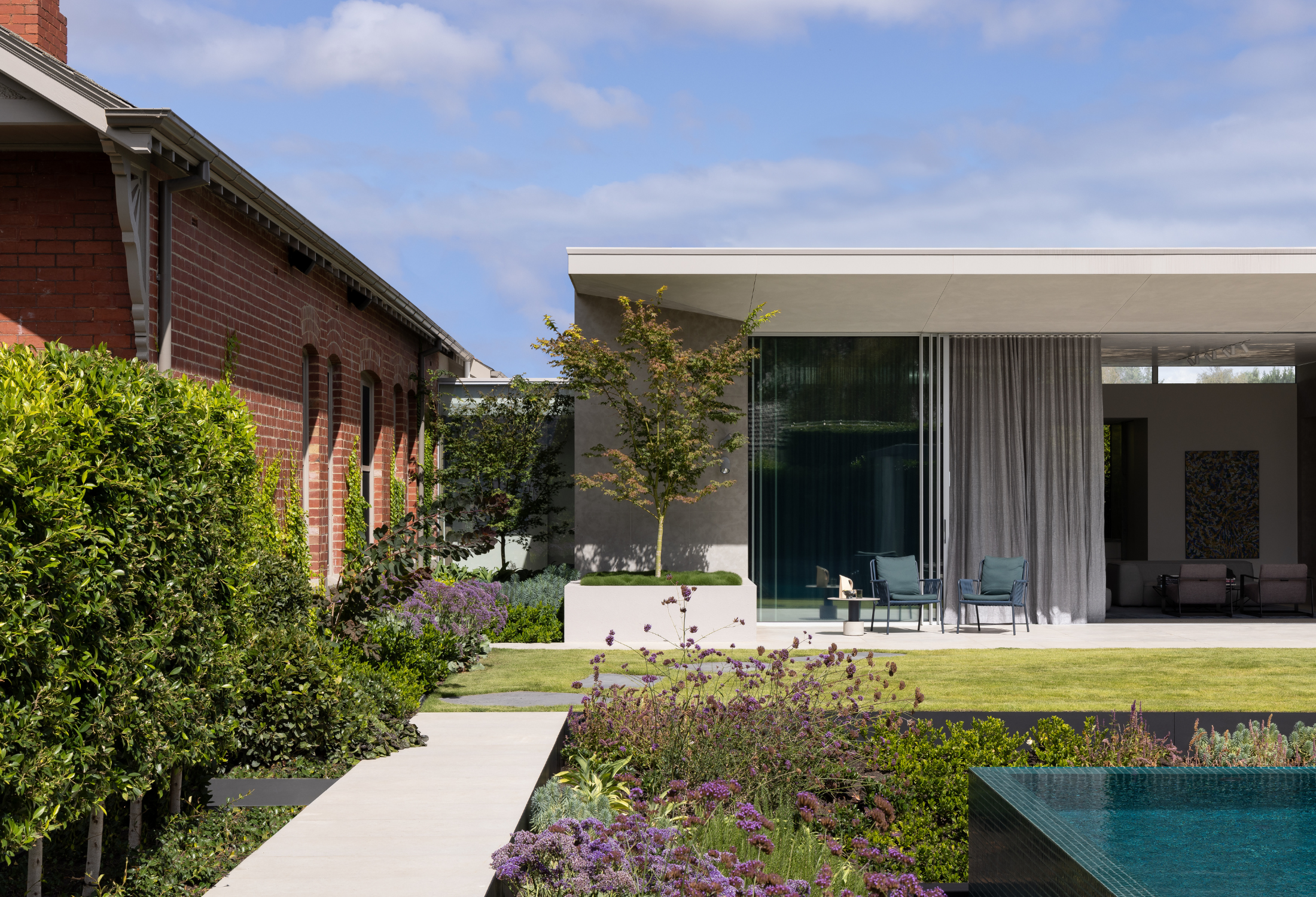



3 comments
Jane Hulbert
Hi , I’ve been watering my pensil pines vier my bathroom water. Two are slowly dying and I am wondering if the bath salts would be a course ?
And if so how can I rectify the salt levels in the soil please to suit the pensil pines
Ashlea
Hi can I please get a trade price on 30 x Cupressus Sempervirens Glauca in 300mm with shipping to NSW 2100
Chris Hillman
Hello, I was trying to find out how long the Glauca Pencil Pines live for?
Leave a comment
This site is protected by hCaptcha and the hCaptcha Privacy Policy and Terms of Service apply.